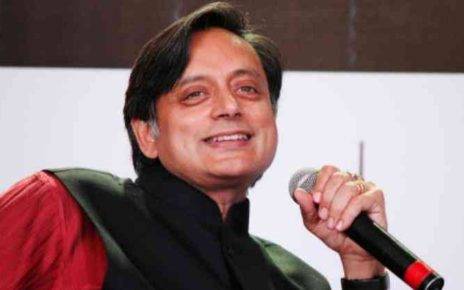In 2016 if you had asked people in India about Digital Payment, they would be terrified to try it. The majority of Indians have bank accounts which are used frequently, but only 0.5% of them were only making digital payment through e-payment apps and others; even with exciting cashback offers, no one dare tried except for a very few, but then came something that turned the whole nation around demonetization on November 08, 2016, the Prime Minister of the country announced the ban of 500 and 1000 denominations to get hold of the black money and to catch the big fishes.
The banks in the country went frenzy people qued up all day to exchange their notes for the old months. It took months for banks to regain their regular works as they were involved in exchanging the currency. The plan for catching the corrupts and getting hold of black money did not go that well.
It caused greater problems to the poor and middle-class people. Many factories were shut down; people became homeless and jobless. The shortage of money circulation was utterly visible. While the country was still recovering from the demonetization effect, we were hit by the covid-19 pandemic, which has turned the situation bizarre. Let’s get back to post demonetization.
Read More: Press Bodies Condemn Pegasus Survalliance On Journalists
So, has people realized how tough it was to exchange currencies, and it was dangerous to keep the currencies at home too because the rumors of another ban were circulating around; hence they kept all of them in a bank and some for their daily lives. This is where Digital Payment started to take off people started paying their friends with Digital Payment. The government encouraged Digital Payment, and so did companies by offering cashback, rewards, and vouchers, which attracted more and more people.

Paying electricity bills, recharging the phone, and everything can be done through Digital Payment. From a no-electric country to a digital country, India evolved in the last five years, emerging on the top.
Competing with China, U.S, and many other countries, India has gone one step further this time; it stands on top of the chart surpassing the U.S and China in terms of digital transactions.
The data was shared by IT Minister Ashwini Vaishnav on Twitter. Vaishnav posted in a tweet on Friday that India registered 25.4 billion digital transactions in 2020. This is 1.6 times more than China’s, which has 15.7 billion digital transactions and 21 times more than the U.S with 1.2 billion transactions.
Paytm founder Vijay Shekhar Sharma shared Minister Vaishnav’s tweet with a short, witty headline.

The central government is trying to further boost digital transactions. In May this year, Nitish Aayog released a report titled MasterCards ‘Connected Commerce: Creating a Roadmap for an Inclusive Digital India’. The report identifies the challenges in accelerating digital financial inclusion in India.
Made recommendations to make digital services available to the entire population of the country. The report recommended that the NBFC strengthen its payment infrastructure to promote a competitive environment between banks.
With good news comes bad too has India has become the number one target for hackers. The use of digital transactions and the internet has made us vulnerable and easily exposed to hackers.
Also Read: China’s Educators Losses Millions Over New Regulations




